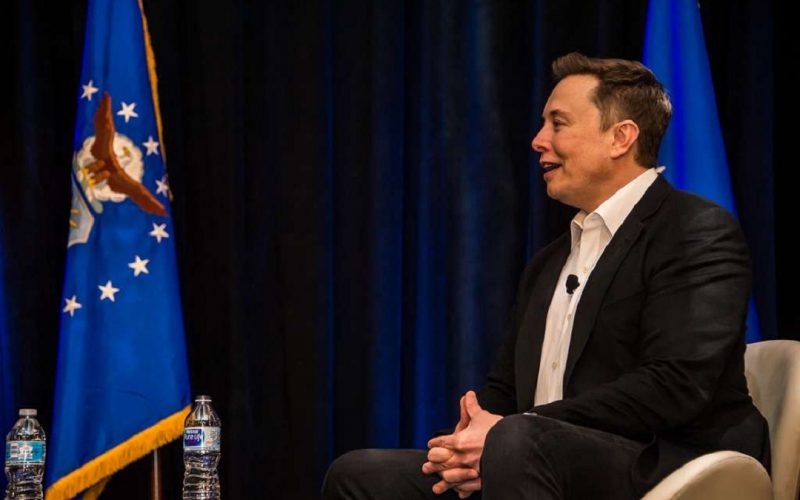A team leader is someone who manages a group of people to achieve a certain goal or set of related goals. A team’s leader acts as the group’s pilot, keeping everyone on course while they all strive to achieve the same organizational objective. (Also Read: 7 Mistakes Every Office Should Avoid)
What does it mean to be a good team leader?
What is the role of team leader?
A leader needs to be able to build trust and respect within the team as well as have excellent communication skills. They should be able to listen to their team members and take their ideas and suggestions on board. A leader should also be flexible and adaptable, as no two teams or situations are ever the same.
A good leader will always put their team first and work for the greater good of the group. They will always look for ways to improve performance and help their team members reach their full potential. If you are looking for a new role within a team or are starting your own business, then remember that leadership is essential for success!
How can a team leader motivate their teammates?
How can a team leader be flexible?
In order to be flexible, a leader must be open-minded and willing to try new things. They should also be able to quickly adjust their plans based on feedback from their team. Leaders who are not afraid of change will be able to more easily adapt when their team encounters unexpected challenges.
Being flexible also requires having trust in your team members. If a leader is constantly second-guessing their team’s abilities, it will be difficult for the team to reach its full potential. Leaders need to give their team members the autonomy they need to do their jobs well and trust that they will make decisions that are in line with the team’s goals.
Allowing your team members some degree of flexibility in how they complete their work can also lead to greater creativity and innovation. If team members feel like they have some control over their work, they will be more likely to put forth their best effort and come up with creative solutions when problems arise.
How can a team leader be assertive?
Followers need to know that their leader is in control and has a clear vision. They need to feel secure that their leader will make decisions that are in the best interest of the team or company. Assertiveness demonstrates this type of strength and confidence.
There are many ways a leader can be assertive without being aggressive. For example, a leader can calmly and confidently state their opinion, listen to others’ opinions, and then explain why they have decided on a certain course of action. A leader can also delegate tasks effectively and give clear instructions.
When a leader is assertive, they inspire confidence in their followers. Followers feel like they can trust their leader to make decisions that are best for the team or company. As a result, they are more likely to be engaged and motivated to achieve goals.












